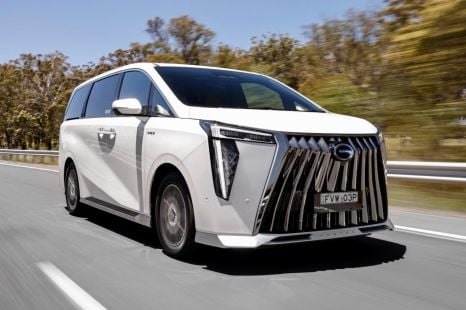

Ben Zachariah
2026 GAC M8 review: Quick drive
4 Days Ago
Renault has announced a revamp for its international product line, with eight vehicles heading to global markets by 2027.
These vehicles will be based on two platforms: one developed by Renault, and one developed by Geely that currently underpins various Volvo and Polestar vehicles.
The eight-vehicle assault is backed by a €3 billion (A$5 billion) investment and centred around two new platforms that the company claims will be “ultra-flexible and multi-energy dedicated”.
One of the two architectures that will support this product onslaught will be a new modular platform, aimed at the needs of the global markets Renault finds most success in.
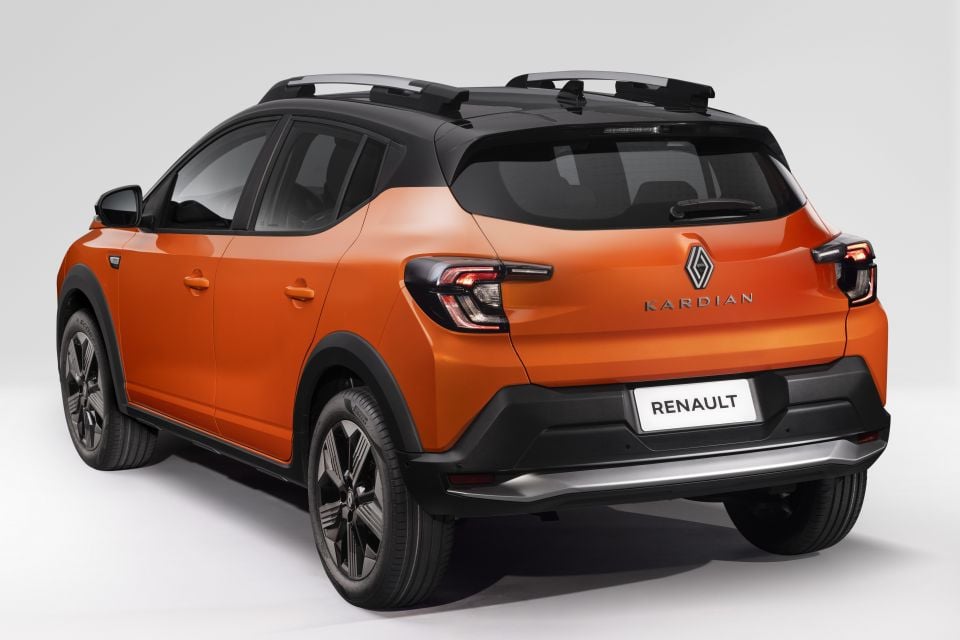
Initially, this platform will support five new models, all of which will be small to mid-sized passenger cars and crossover SUVs. The platform will be assembled in a number of regions, including Morocco, India, Türkiye and Latin America.
The flexible platform will support vehicle lengths between 4 and 5 metres, four wheelbase options ranging from 2.6 to 3 metres, and three rear overhang lengths.
To increase efficiency and reduce emissions, this new platform will support traditional internal-combustion engines featuring flex-fuel capability so they can run on ethanol or LPG, as well as 48V mild-hybrid and full-hybrid powertrains.
Vehicles on this platform will offer either front- or all-wheel drive configurations.
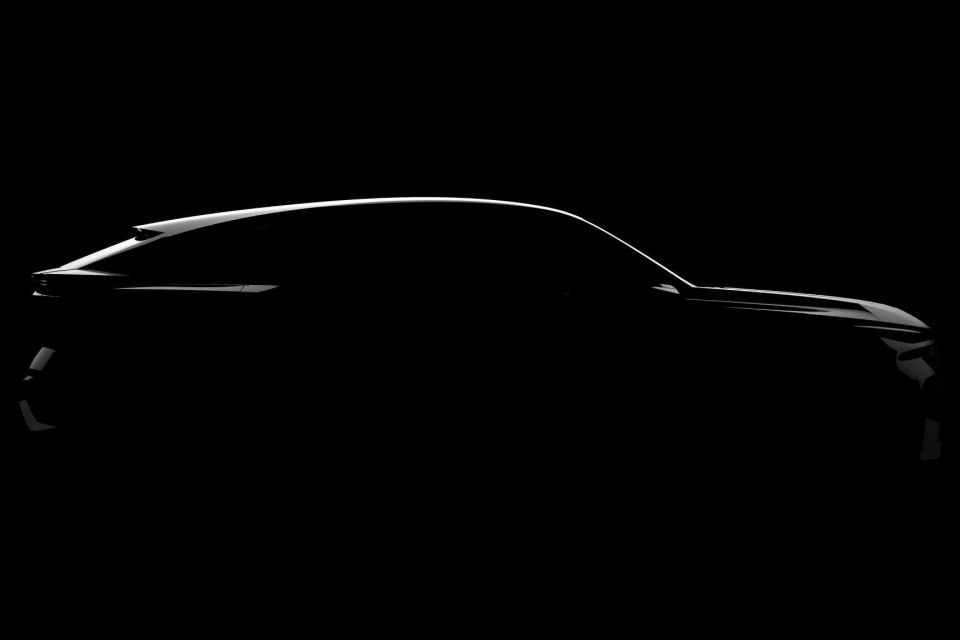
Renault has already demonstrated the flexibility of the platform by debuting the Kardian compact crossover and the Niagara ute concept.
The second platform Renault plans to utilise in its international product assault is Geely’s Compact Modular Architecture (CMA), which currently underpins a wide range of vehicles including the Volvo XC40.
Vehicles on the CMA platform will be designed and built in South Korea and underpin more premium vehicles.
Geely last year purchased a third of Renault Korea Motors and subsequently teased an upcoming medium-to-large coupe crossover.
All vehicles built on this platform will be medium to large in size, and offer electrified powertrains and both two- and four-wheel drive configurations.
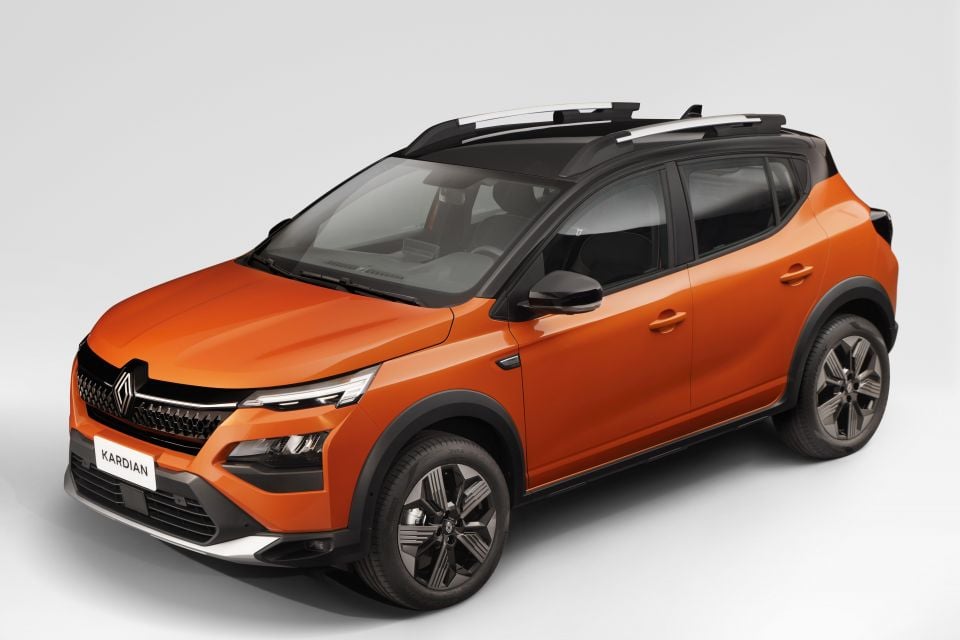
The eight new models will arrive no later than 2027, with some of these models appearing to be existing products that will be exported.
One such model is the Megane E-Tech electric vehicle (EV) that is already available in Brazil and Türkiye.
Another imminent model is the new Kardian compact crossover, which will enter the Moroccan and Latin American markets next year.
It’s powered by a 1.0-litre three-cylinder turbocharged petrol engine mated to a dual-clutch automatic transmission.
Along with featuring Renault’s latest design language, it features a range of active safety equipment and a modern interior with a digital driver’s display and ambient lighting.
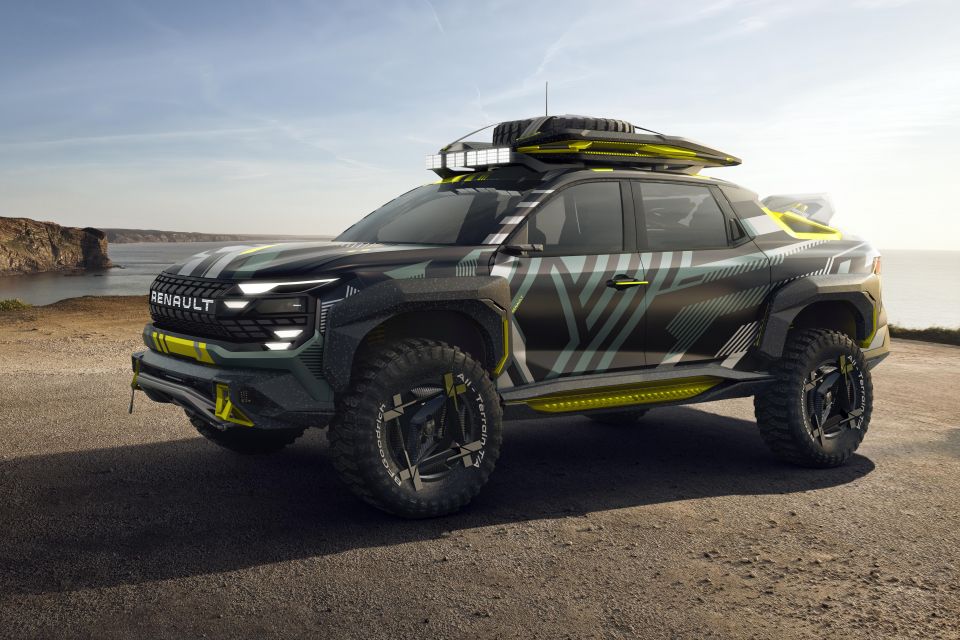
Renault has also revealed the Niagara ute concept, which it says “heralds the next international models” it will launch by 2027.
It features an unspecified internal combustion engine that drives the front wheels, bolstered by a 48V mild-hybrid system, with an additional electric motor driving the rear wheels.
Renault says the Niagara can run exclusively on electric power, while it has long-travel suspension and underbody protection to help it off the beaten track.
With its new international product onslaught, Renault hopes that a third of its international sales will be either electric or electrified models.
The brand also aims to double net revenue on vehicles sold internationally by 2027 compared to 2019.
Where expert car reviews meet expert car buying – CarExpert gives you trusted advice, personalised service and real savings on your next new car.


Ben Zachariah
4 Days Ago
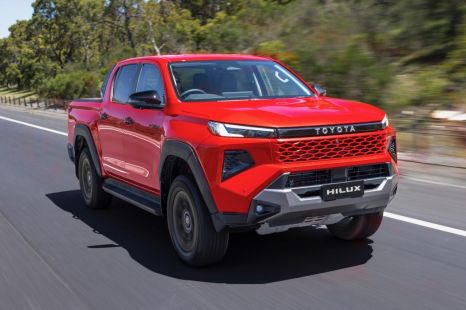

Ben Zachariah
3 Days Ago
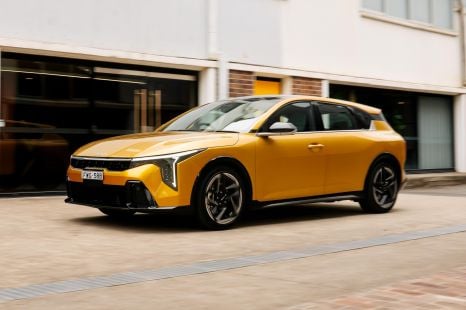

James Wong
2 Days Ago
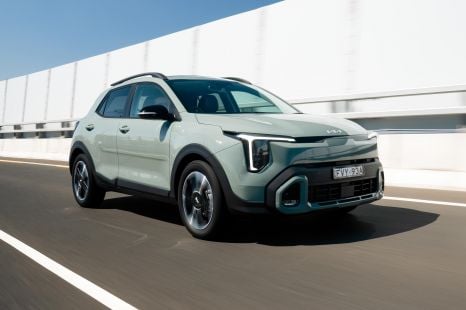

James Wong
2 Days Ago
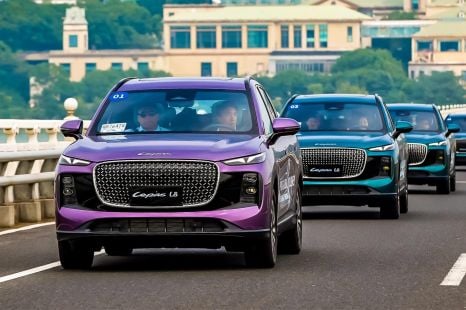

Andrew Maclean
1 Day Ago
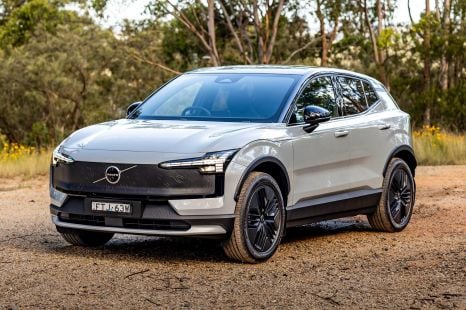

Matt Campbell
8 Hours Ago